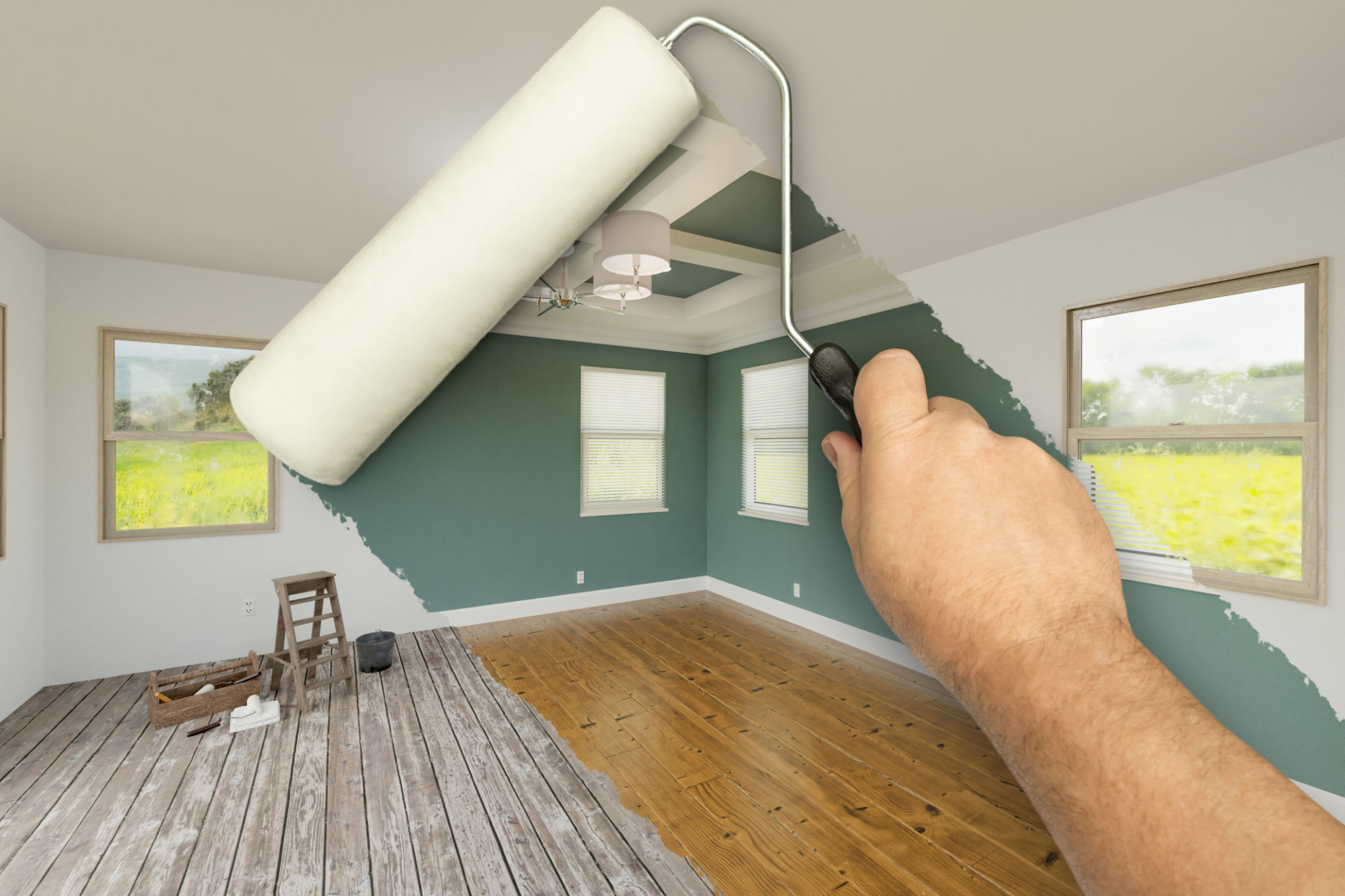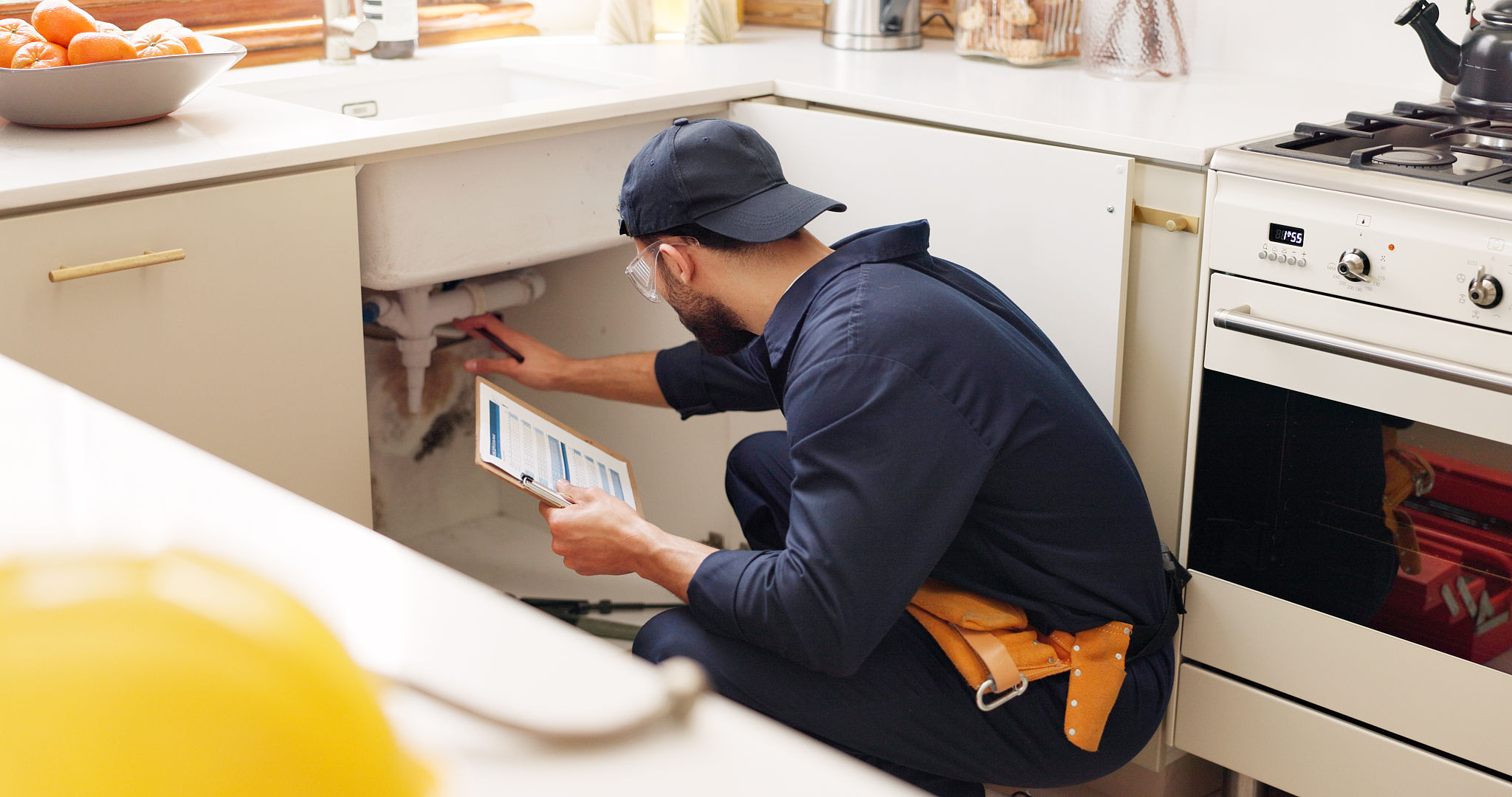Preparing Your Home for an Exterior Paint Job: A Seasonal Guide
Understanding the Importance of Seasonal Preparation
Painting the exterior of your home is a significant investment, not only in terms of finances but also in the time and effort required. To ensure the longevity and quality of your paint job, it's crucial to prepare your home properly, and this preparation often varies with the seasons. Each season presents unique challenges and opportunities for exterior painting, and understanding these can help in achieving the best results.
The right time to paint your home's exterior can depend on several factors, including weather conditions and temperature. Ideally, exterior painting should be done during mild weather when temperatures are stable and there is minimal risk of rain. This not only ensures that the paint adheres properly but also that it dries evenly, preventing future peeling or cracking.

Spring: The Perfect Time for Cleaning
Spring is often considered the ideal time to prepare your home for an exterior paint job. As the weather warms up, it's easier to clean the exterior surfaces thoroughly. A clean surface is essential for ensuring that the new paint adheres well. Start by power washing your home's exterior to remove dirt, dust, and mildew that may have accumulated over the winter months.
After washing, inspect your home for any signs of damage or decay. Look for cracked or peeling paint, rotten wood, or other areas that may need repair. Addressing these issues before painting will help in achieving a smooth and long-lasting finish.
Summer: Ideal for Repairs and Priming
Summer provides warm and dry conditions that are perfect for carrying out any necessary repairs. Use this time to replace any damaged siding or trim, fill in cracks with caulk, and sand down rough spots. These repairs are crucial for ensuring a smooth surface for painting.
Once repairs are completed, it's time to apply a primer. Priming is an important step that helps the new paint adhere better and last longer. Make sure to choose a primer that is compatible with both the surface material and the paint you plan to use.

Fall: Time for Painting
As temperatures start to cool down in fall, it becomes an excellent time to begin painting. The moderate temperatures allow the paint to dry at a steady rate, reducing the risk of bubbles or uneven finishes. Be sure to check the weather forecast to avoid painting on days with high humidity or rain.
Start by painting from top to bottom. This method reduces streaks and drips that can occur when paint runs down the walls. Use high-quality brushes and rollers to ensure a smooth application, and consider applying two coats for added durability.
Winter: Focus on Planning
Winter may not be suitable for painting due to cold temperatures and moisture, but it is an excellent time for planning your next project. Use this downtime to research different types of paints and finishes that will best suit your home’s exterior.

Consider consulting with professional painters during this time. They can provide valuable insights into color trends, paint types, and techniques that will enhance your home’s curb appeal. By planning ahead, you’ll be ready to jump into action as soon as the weather permits in spring.
Preparing your home for an exterior paint job requires careful consideration of seasonal conditions. By taking advantage of each season's unique benefits, you can ensure that your home looks beautiful and remains protected for years to come.
